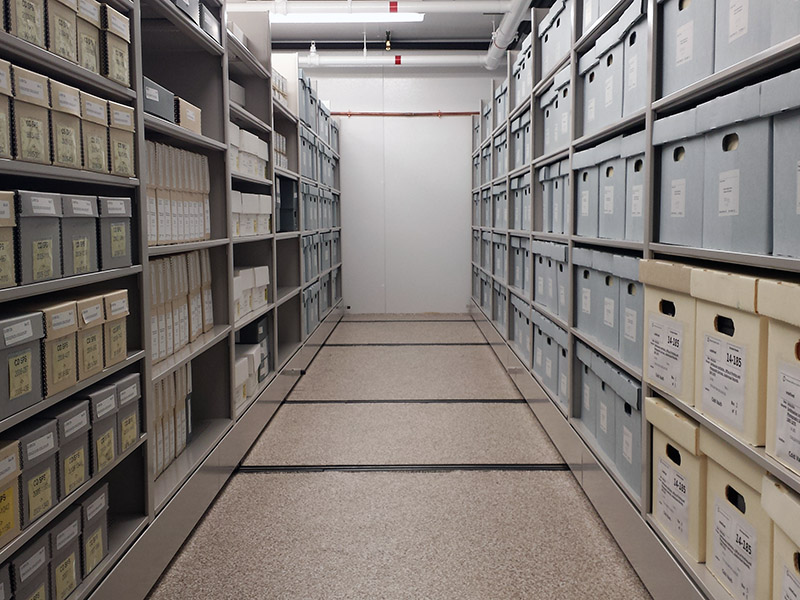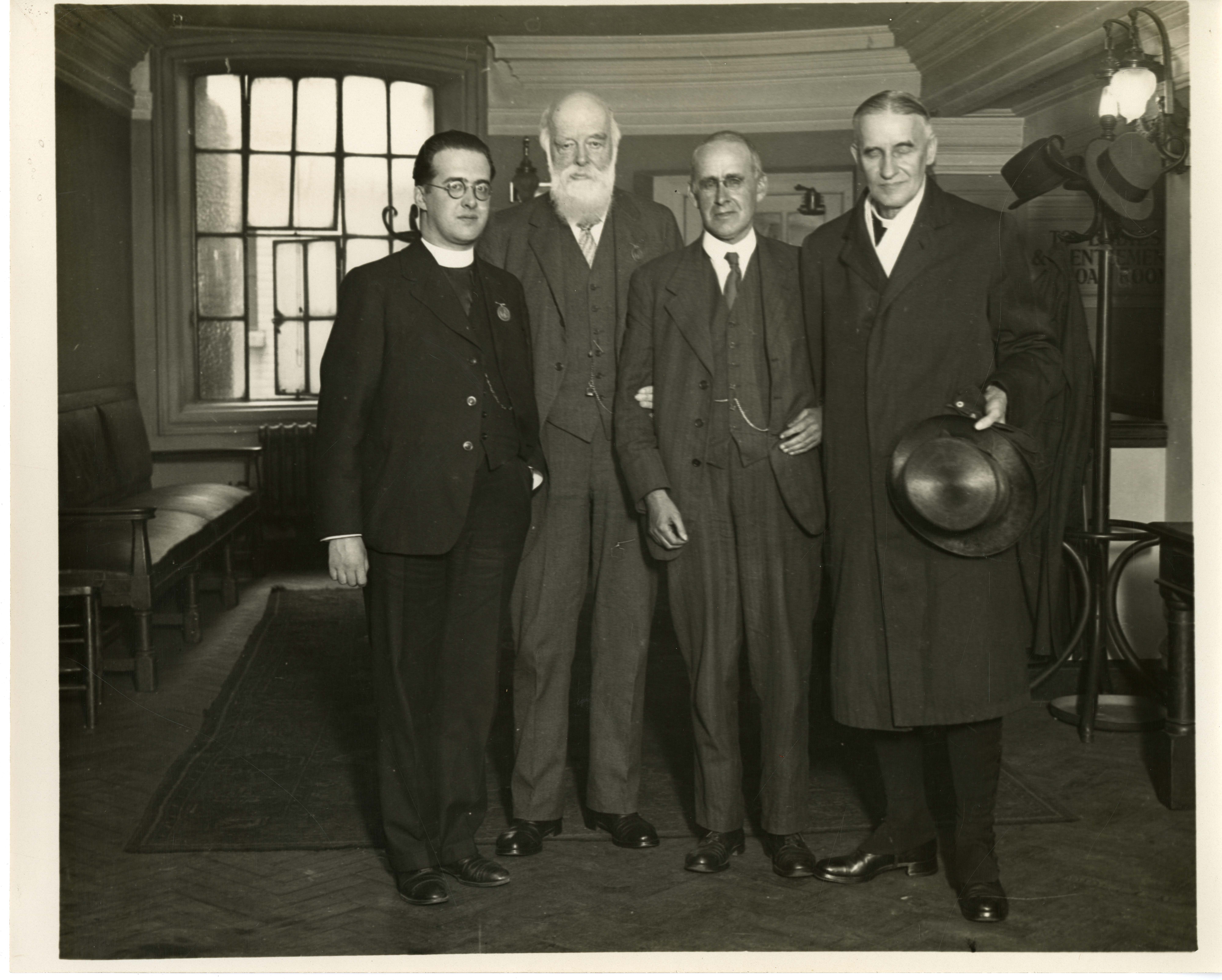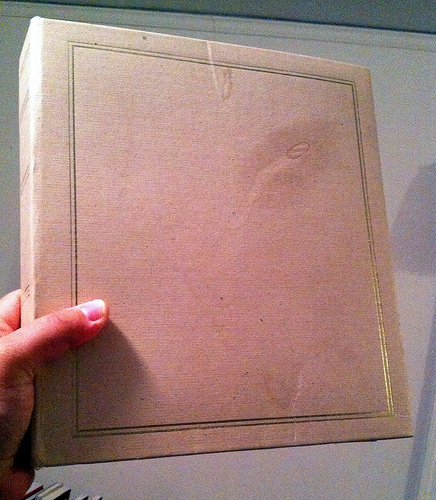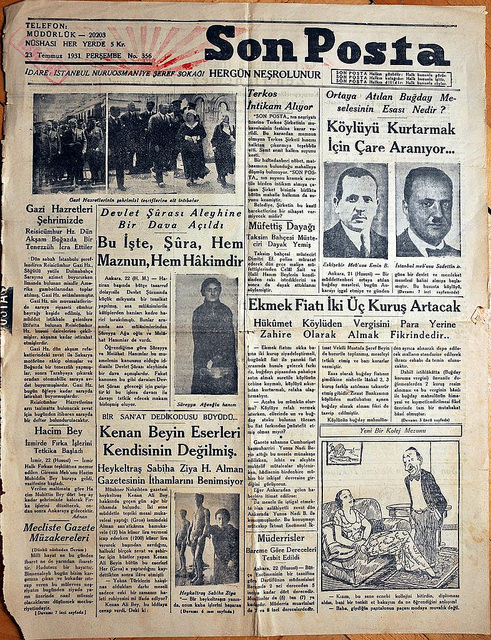Results for "Smithsonian Resident Associate Program"

Career advice from our Preservation Coordinator
- Date: May 1, 2018
- Creator: Alison Reppert Gerber
- Description: This is post is part of our series on career advice for the aspiring archives professional. Each edition features information and career advice from a different member of the Smithsonian Institution Archives team, regarding what they do, how they got here, and how you can too. Don’t be afraid to let us know who you might like to hear from next!What is preservation? This is a
- Blog Post
Flickr Visitor Profile: Penny Richards
- Date: May 29, 2009
- Creator: Effie Kapsalis
- Description: [caption id="attachment_680" align="alignleft" width="159" caption="Flickr member, Penny L. Richards"][/caption] I work with people across the Smithsonian to add photos to the Smithsonian Flickr Commons photostream. Occasionally, something stands out in the daily summary of comments and tags I receive. Sometimes, it’s an exchange between Flickr members sparked by a single

"Open Wide!": Photographs of Dentists and Dental Researchers from the Science Service Collections
- Date: October 10, 2019
- Creator: Marcel Chotkowski LaFollette
- Description: To celebrate National Dental Hygiene Month, the Smithsonian Institution Archives presents photographs of dentists and dental researchers.

Science Service, Up Close: Considering the Universe
- Date: September 24, 2015
- Creator: Marcel Chotkowski LaFollette
- Description: At a September 27, 1931, symposium about the evolution of the universe, Watson Davis photographed astronomer Abbé Georges Henri Joseph Édouard Lemaître, physicist Sir Oliver Lodge, astrophysicist Edward Arthur Milne, and Anglican bishop and mathematician Ernest William Barnes.

Mori Arinori: Japanese Statesman
- Date: May 30, 2013
- Creator: Courtney Bellizzi
- Description: In 1872, at the young age of twenty-five, Mori Arinori (1847-1889) traveled to America as the first Charge d’Affaires from the Meiji government. His trip included a visit to the Smithsonian where he established a close relationship with Smithsonian Secretary Joseph Henry.

Science Service, Up Close: Journalists, Cancer Research, and Public Education
- Date: March 6, 2018
- Creator: Marcel Chotkowski LaFollette
- Description: Cancer, James T. Patterson observed in The Dread Disease, serves as a powerful metaphor in American culture, where the malady mirrors the “manifestation of social, economic, and ideological divisions” in modern life. In the decades since publication of Patterson’s book, medical research has made great strides in methods of detection and treatment. But the challenge for science

Cut and Paste, Old Style
- Date: September 13, 2011
- Creator: Marvin Heiferman
- Description: Some years back, and for what seemed like quite a while, people were talking about scrapbooking. As more aspects of everyday life were going digital, it felt like more and more people were paying homage to the paper-based mementoes of their experiences that appeared to be heading for oblivion. Quickly, and to support all the saving, trimming, and gluing that people were
- Blog Post
The man, the myth, the lens
- Date: May 17, 2010
- Creator: Susannah Wells
- Description: [caption id="attachment_6524" align="alignright" width="220" caption="Linsey Scott, Intern, and Michael Barnes, Photographer, from the Center of Scientific Imaging and Photography stand in front of the freshly remounted world-record Black Marlin that was caught in 1953 using 130 pound test line by Alfred C. Glascock, Jr."][/caption] I had the recent opportunity to sit down

Link Love: 3/2/2018
- Date: March 2, 2018
- Creator: Effie Kapsalis
- Description: Librarians at the White House Historical Association have digitized 25,000 previously uncatalogued slides! [via CNN]In case you missed it, the blog, Missing Scientists' Faces, shared 28 days of African American female scientists during Black History Month. [via @MissingSciFaces]Check out some of the Digital Public Library of America's primary source sets for Women's History

Panoramic Panic Part III
- Date: October 30, 2014
- Creator: Nora Lockshin
- Description: Our conservator shares some scary and not-so-scary advice on dealing with rolled panoramic photographs.

You Asked, We Answered: 2014 Archives Facebook Q&A
- Date: November 4, 2014
- Creator: Effie Kapsalis
- Description: On Monday, October 27th, four of our finest were available on the Smithsonian's Facebook page to answer questions about preserving your own archival collections. The four archivists at the Q&A have specialties in the preservation and organization of audio/visual material, photos, and digital records (email, digital video, etc.) This is our fourth year hosting this event and
- Blog Post
Science Service, Up Close: John Clavon Norman, Jr. – Pathbreaking Cardiac Surgeon and Researcher
- Date: August 23, 2018
- Creator: Marcel Chotkowski LaFollette
- Description: [edan-image:id=siris_arc_395101,size=300,left]When Harvard Medical School distributed these photographs of John Clavon Norman, Jr., M.D. (1930-2014) to news services in the 1960s, Dr. Norman was at an exciting stage of his career. The young physician had already made quite a journey, but there would be even more paths to blaze. He had been born in West Virginia to parents who
